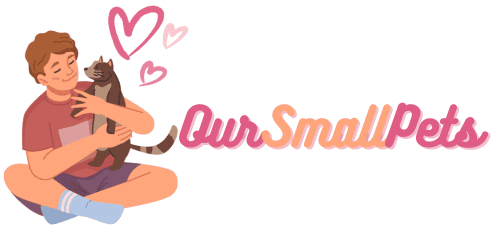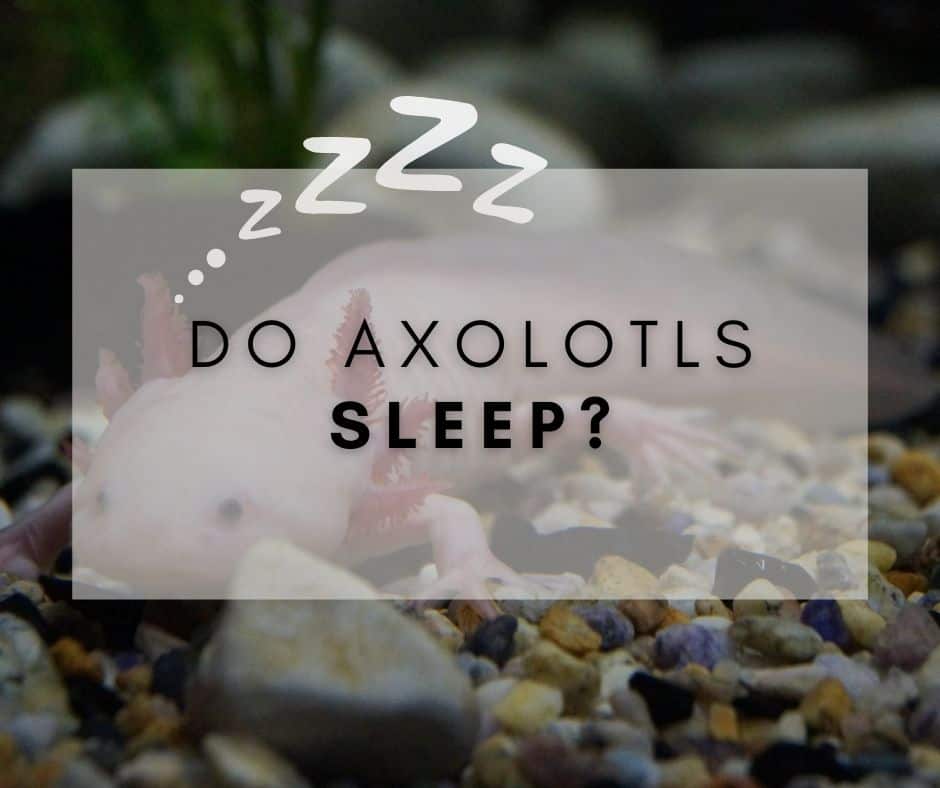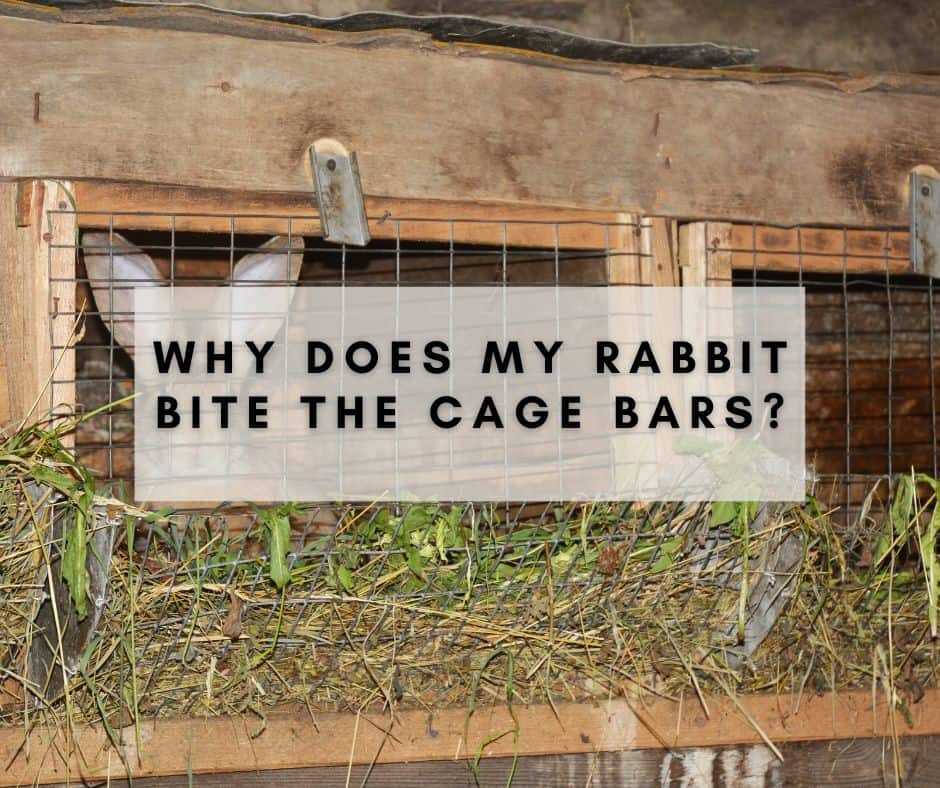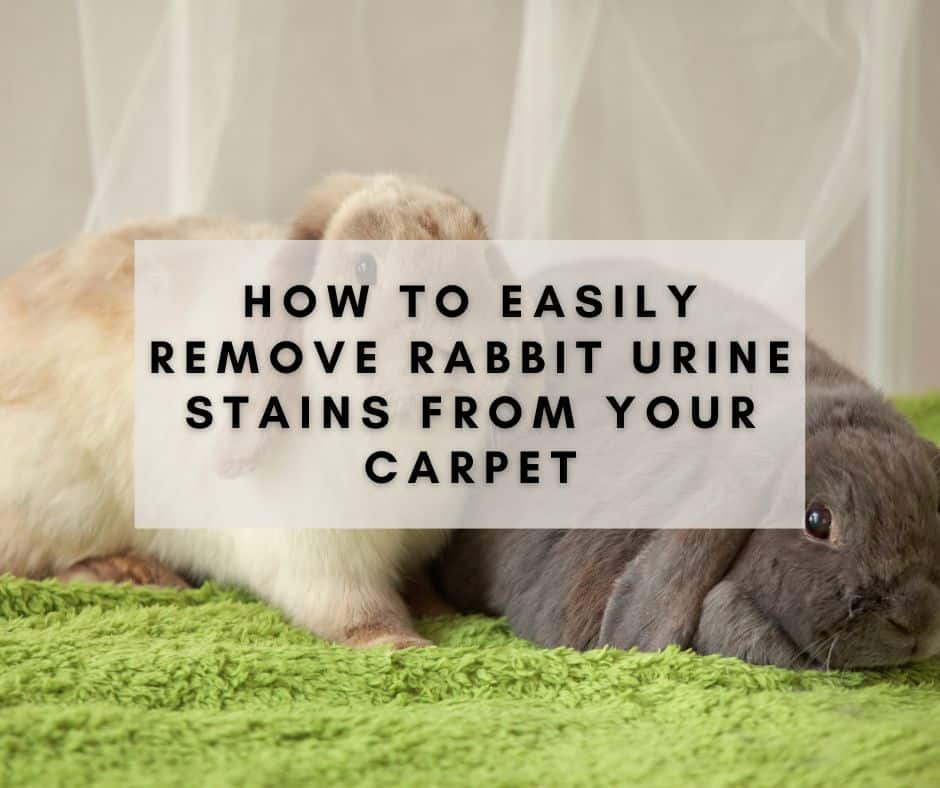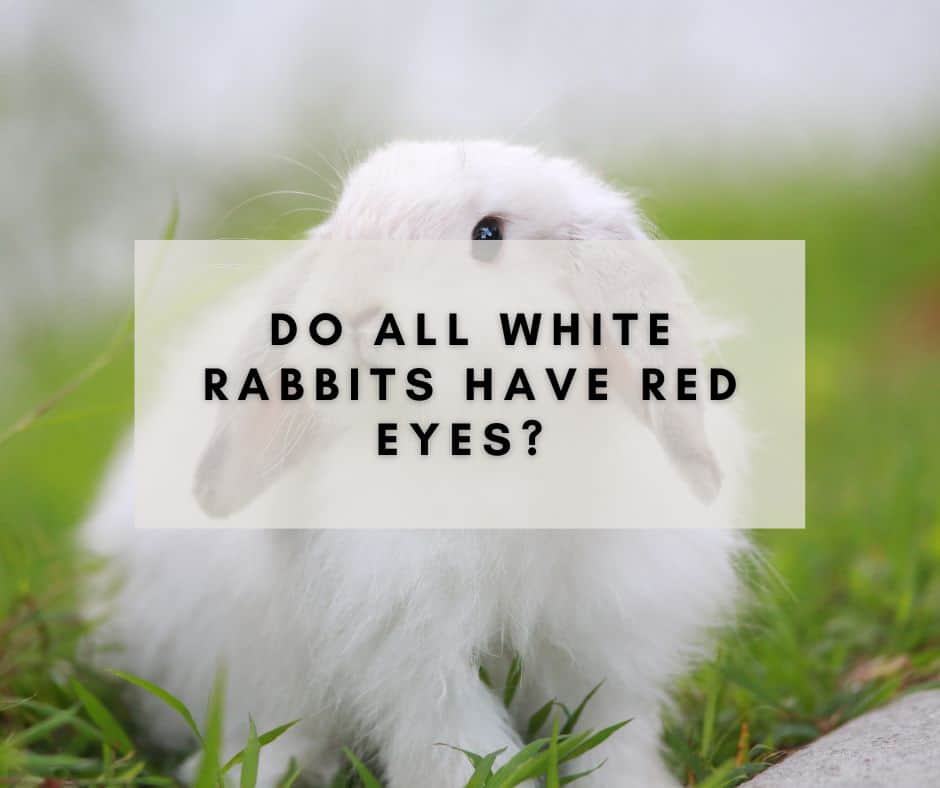Axolotls have weird sleeping habits that make pet owners wonder if they truly sleep. Like many aquatic animals, axolotls do not have a traditional sleep cycle. Instead of sleeping during the night, they take short naps throughout the day— usually lasting from just a couple of minutes to 1-2 hours at a time. They can also easily be startled out of their rest state.
So as a matter of fact, axolotls do of course sleep, but they don’t look like they’re sleeping. Some even sleep standing up! If you don’t know how to spot a sleeping axolotl, read further in the article!
Contents
Axolotls are crepuscular
Axolotls tend to be awake during sunrise and sunset. Generally, they’re active at night, being nocturnal creatures as well.
They operate this way as a form of defense mechanism based on their experiences in the wild.
Because the most dangerous threat to axolotls is predators such as storks and large fishes, which stay active during the day, axolotls have learned to remain dormant during this time.
And yes, this habit stays even when they’re outside of the wild and inside an aquarium.
How do axolotls sleep?
Axolotls are a bit unpredictable. Usually, they will shrink inside their hiding spots, even curling up here and there.
Other times, you’ll catch them dozing off while latching onto something or standing up.
The main danger here is that it’s challenging to differentiate between a sleeping axolotl and a sick axolotl.

How to make sure that your axolotl is sleeping well
As sensitive creatures, axolotls can easily be bothered, especially during their much-needed resting time. To ensure that your pet enjoys quality sleep and wakes up refreshed, here are some tips and tricks for their beauty rest!
Tank Placement
Axolotls have a preference for chilly water, and maintaining the right water temperature is crucial for their well-being, particularly during sleep. Place their aquarium away from direct sunlight, as excessive heat can disrupt the water temperature and disturb their slumber.
Opt for a shaded area that allows for a consistent and cool environment, replicating their natural habitat.
Decoration
Creating a comfortable and soothing environment within the tank is essential for an axolotl’s well-being and uninterrupted sleep. Provide ample hiding spots and shelters that they can retreat to whenever they feel stressed or simply desire some privacy.
These hiding spots become their safe havens, allowing them to relax and doze off peacefully. Consider adding aquatic plants, hollow structures, or even a decorative tree where your axolotl can rest, provided there are no sharp edges or surfaces that could accidentally nick their delicate skin.
Healthy Diet
While a healthy diet is always important for overall well-being, it becomes even more crucial when it comes to promoting restful sleep for your axolotl. Just like humans, discomfort from an upset stomach can disrupt sleep quality.
Ensure that you’re providing them with a balanced and nutritious diet that suits their specific dietary needs. Avoid overfeeding, as it can lead to digestive issues and discomfort that may interfere with their sleep. By offering them the right nourishment, you contribute to their overall health and promote a peaceful slumber.
Similar to us, axolotls also deserve a restful and rejuvenating sleep. By implementing these tips, you can create an environment that supports their sleep needs, allowing them to fully unwind and recharge. Remember, a well-rested axolotl is a happy and healthy axolotl!
Companions
Axolotls are generally lone wolves. They do not care much about other creatures as long as they don’t get stressed by them.
Even the littlest of ripples in the water can immediately wake your axolotl.
So, it’s best if they’re alone in the tank. For more information, check out this article about fishes that can live with axolotls.
Sleeping spot
Just like humans, axolotls have their preferred spots to doze off. Picture a cozy nook where they feel safe and relaxed, a place they consider their personal slumber haven. As an attentive axolotl owner, it’s important to familiarize yourself with your pet’s habits and track their sleeping spots.
Perhaps you’ll find them nestled among a cluster of aquatic plants, snuggled against a decorative feature, or even cozied up in a cozy hollow that they’ve made their own.
Being still
When an axolotl enters the land of dreams, their activity level plummets to zero. You’ll witness a remarkable stillness as if they’ve pressed the pause button on their underwater existence. The water surrounding them remains calm, undisturbed by any movement or the creation of waves.
It’s as if the axolotl has entered a state of suspended animation, temporarily disconnecting from the vibrant aquatic world.
Changing of color
As the axolotl’s metabolism and blood flow slow down during slumber, a captivating transformation occurs. Their vibrant hues and patterns gradually fade, leaving behind a more subdued and pale appearance.
It’s as if the colors of their dreams blend with the reality of their dormant state, creating a beautiful, ethereal palette that sets them apart from their vibrant waking selves.
Movement of gills
The axolotl’s gills, those delicate and fascinating appendages, play a significant role even while they sleep. However, during their restful moments, you’ll notice a decrease in their frequency of movement. The gills, which are usually fluttering with a rhythmic dance, become still and tranquil. As the axolotl’s oxygen requirements diminish in their slumber, their gills take on a more relaxed and subdued rhythm, almost as if they are breathing in slow, peaceful sighs.
Observing these captivating signs, you become witness to the hidden beauty and tranquility of a sleeping axolotl. In these moments, you can appreciate their peaceful presence, acknowledging the delicate balance between wakefulness and the serenity of their dreams.
How to know if my axolotl is sick instead of sleeping?
We understand the confusion that can arise when trying to determine whether an axolotl is simply resting or actually unwell. The inactivity of a sleeping axolotl can sometimes be mistaken for sickness. To help you differentiate between the two, here are some key indicators to watch out for:
Loss of appetite
Typically, healthy axolotls will eagerly consume food when offered. However, if you notice that your axolotl shows disinterest in food, even when they don’t have a full stomach, it could be a sign of sickness. A significant loss of appetite, especially coupled with other symptoms, may warrant closer attention and potentially a visit to a veterinarian experienced with aquatic animals.
Yellowing of skin
While a resting axolotl may experience changes in color, such as becoming paler or darker, the appearance of a yellow hue is not associated with normal sleep. If you observe a distinct yellowing of the skin, it could be an indication of an underlying health issue that requires investigation and appropriate care.
Lethargy
There is a distinction between being immobile due to rest and being immobile due to sickness. After a period of rest, a healthy axolotl should regain its energy and exhibit normal activity levels. If you find that your axolotl remains lethargic, lacking the usual vigor and vitality, despite having rested, it may be a sign of an underlying health problem that necessitates attention.
Injury
The presence of skin lesions or wounds on your axolotl, without any apparent cause such as sharp or abrasive objects in the aquarium, could be an indication of internal health issues. Internal injuries or infections may manifest externally through unexplained skin lesions. If you notice any injuries or abnormalities, it is advisable to consult a veterinarian who specializes in exotic aquatic species.
Odd swimming behavior
Axolotls typically exhibit graceful and coordinated movements as they navigate through the water. However, if you observe abnormal swimming behavior, such as difficulty maintaining balance, erratic movements, or trouble orienting themselves in the water, it may be a sign of an underlying illness. Such unusual swimming patterns can be an indicator of internal issues that require professional evaluation and treatment.
Differentiating between a sleeping axolotl and a sick axolotl can be challenging, but by paying attention to these signs, you can better assess your pet’s well-being. If you have concerns about your axolotl’s health, it is always prudent to seek the guidance of a knowledgeable veterinarian who can provide accurate diagnoses and appropriate care. Remember, proactive and attentive care contributes to the overall health and happiness of your axolotl.

Do axolotls sleep for long periods?
Yes, they sleep for around 8 – 11 hours. However, they do take quick naps here and there.
Axolotls are known for drifting on and off if they’ve got nothing better to do.
That’s why it’s hard to tell their actual sleeping time. People have a hard time spotting a sleeping axolotl, and their sleeping cycle also gets disrupted due to their constant napping.
Do axolotls float while sleeping?
Some axolotls have this trait, but it’s uncommon for them to do so. If this is happening to your axolotl, try and observe them for a few days.
Either, normally, they float while sleeping, or it can be a sign that they’re sick.
Axolotls who float may be suffering from impaction or constipation. Make sure to track their eating and clear it with the vet.
Juvenile axolotls are also prone to float, specifically in an upside-down position.
According to PETMD, the cause for this phenomenon is the juvenile’s proneness to accumulating air.
It results in a distended abdomen, allowing them to float upside-down. Generally, this will gradually disappear as your axolotl matures.
Do axolotls need artificial light?
No, they do not. Axolotls already lack eyelids, so they’re fine traversing the waters in dim to no lighting.
Pet owners usually let axolotls enjoy indoor light with no additional lighting in the aquarium.
If you have too many lights in your home, you can add plants to create natural shades around the tank.
Conclusion
It’s hard to tell whether an axolotl is sleeping with the lack of eyelids and weird sleeping habits.
But while it’s barely noticeable, some significant signs can help you confirm it!
Sleeping axolotls have less gill activity and will even change color due to slowing blood flow.
It’s important to note these signs. After all, a sick axolotl can also be hard to differentiate from a sleeping axolotl.
So, study up! Make sure that you know all the necessary information about your axolotl’s sleeping cycle, habits, and even their sleeping periods.
